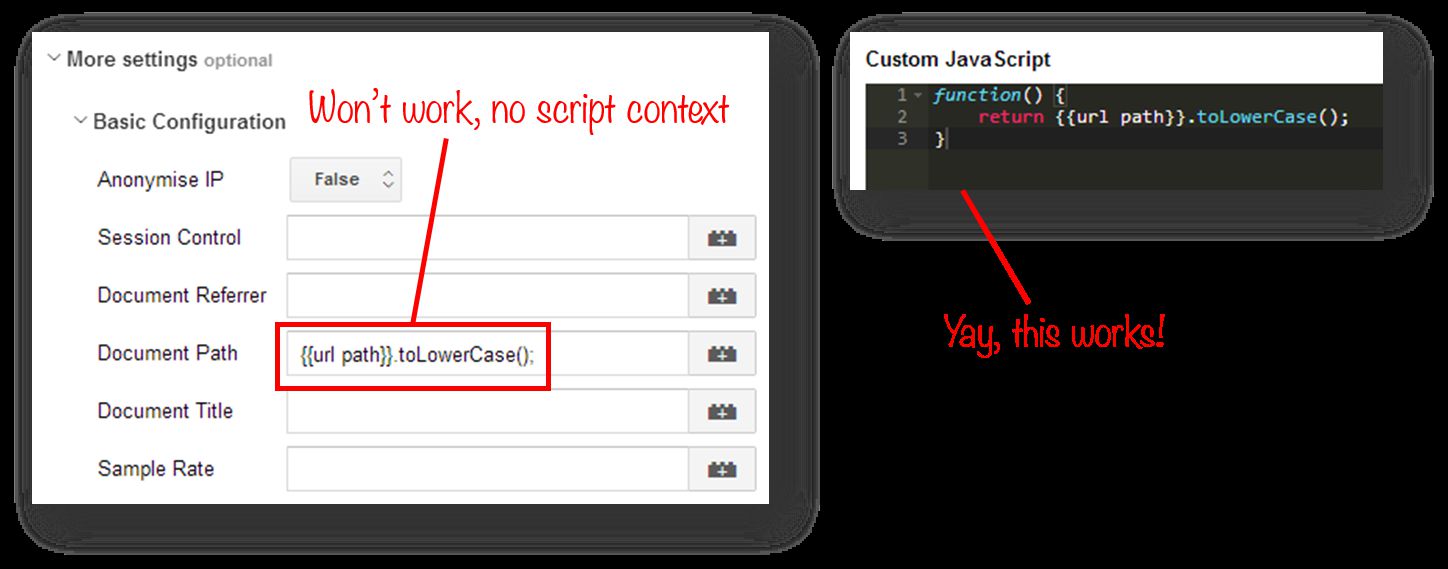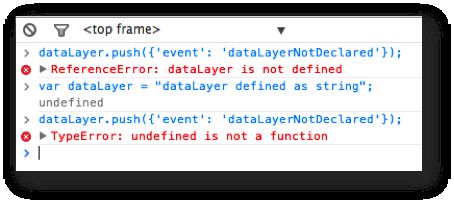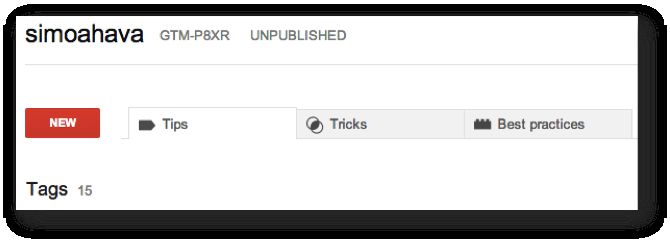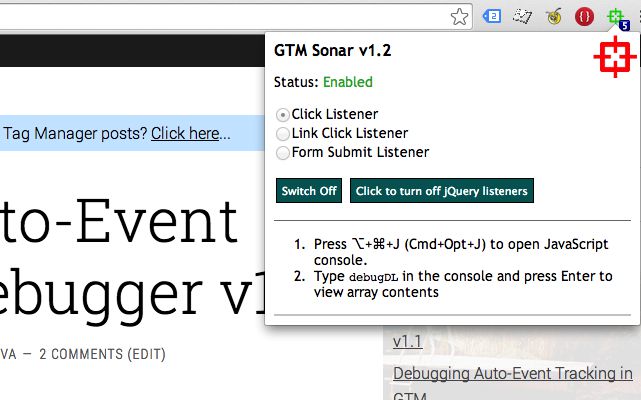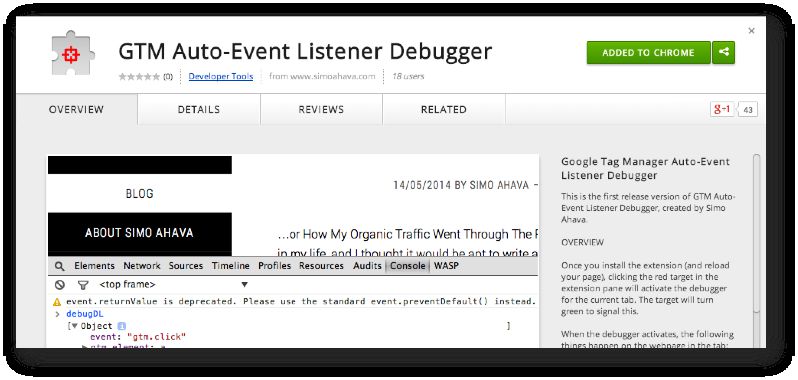Analyzing what people write in your site search field is pretty much one of the smartest things you can do for your website tracking. If certain terms pop up over and over again in internal search reports, it means that your site is not providing the answers people are looking for, meaning you have an excellent opportunity to provide supply for the demand!
However, not all site search applications are trackable out-of-the-box.

